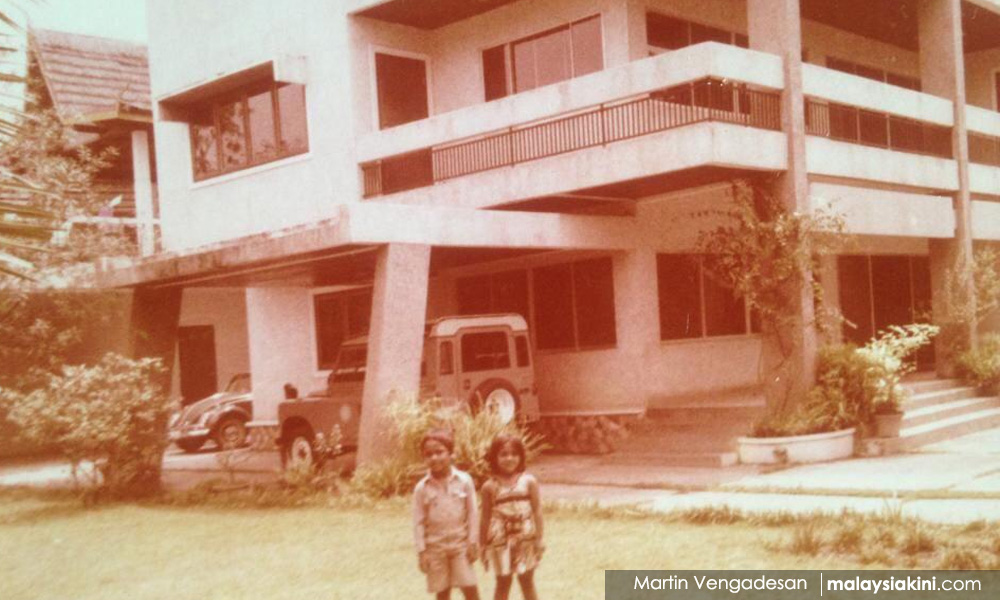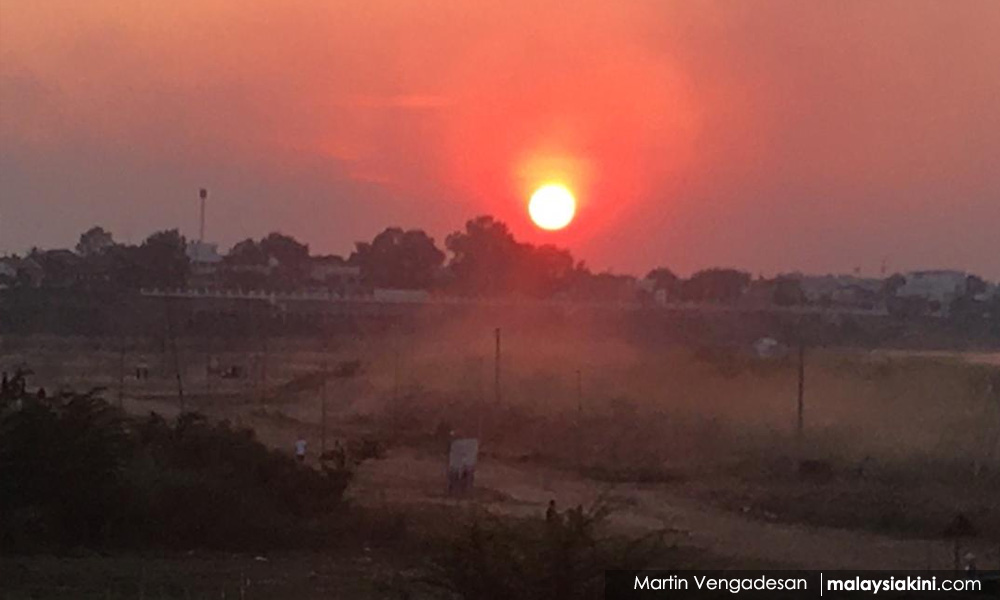COMMENT | “Laos is like Malaysia in the 1980s” said a friend when I announced I was heading there for an eight-day backpacker’s trip.
Well you know what – once you get past the technological backwater element, maybe that’s not as bad as it sounds.
For Malaysia in the 1980s was a roaring tiger - definitely a more upwardly mobile, optimistic place to live in. Not to mention one that was relatively skyscraper and pollution-free.
I should explain that it’s a habit of mine to try and draw lessons for Malaysia from the countries I visit.
My previous overseas trip was a conference in Belgium, which I followed with a detour to the Czech Republic. It was in October 2018, one of the best times to have been a Malaysian - just before the anti-Icerd protests, temple strife and the death of fireman Adib.
I looked to the Czech Republic as the prime example of a peaceful transition from dictatorship to the sort of welfare state/liberal democracy I would like to live in. It’s hard to imagine a better outcome than the path charted by Vaclav Havel and company.
I am not saying the Barisan Nasional government was as bad as a Soviet-era police state, but there were certain parallels in how a country could evolve and develop, through institutional reforms, into a more enlightened democracy.
Vive la Velvet Revolution, indeed!
I regret to say that the winds of optimism us Malaysians were feeling this time last year have been blown right back as we have witnessed the sorry spectacle of a government pandering to right-wing sensibilities and an ancient prime minister trying to hang on as if he expects to live forever. Sigh.
Well, back to Laos - it may be a sleepy hollow to some, but more than anything there is the unmistakable sign of positivity. Sure, I have just a small sample size of Luang Prabang and Vientiane - its two biggest cities – but I liked what I saw.

Perhaps it is because I was comparing it to a Laos of yesteryear. Between 1977 and 1979 I lived in Laos when my father was a diplomat posted there.
I didn’t know it at the time, but the Pathet Lao Communist regime had just taken over. One member of the Lao royal family, Prince Souphanouvong, was also a prominent communist leader and the ‘Red Prince’ was installed as president, while strongman Kaysone Phomvihane wielded real power as prime minister.
My memories were of a dusty city partly reduced to rubble, and poor people struggling to eke out a living. I remember being a kindergarten kid, going to the Mekong and seeing refugees fleeing across the border to Nong Kai in Thailand.
Later on, I was to find out that they were mainly from the Hmong minority group, and that more than 100,000 had fled. For Laos 1979, the future was unpleasant and uncertain.
Laos 2019 is a different proposition.
The World Bank reports that its GDP growth has averaged 7.7 percent over the last decade and it’s clear that this is a country breaking free from the shackles of ideological dogma.

Indeed, while the hammer and sickle logo of the ruling People’s Revolutionary Party is ever-present, it’s the traditional Buddhist values that appear to have reasserted themselves. There’s a vat (temple) on every corner, it seems, and while it operates unobtrusively, there are elements of social order, education and economy that have their roots in the temple.
The cities were clean, the people friendly and for every old communist-era building, there was a new enterprise springing up. Crime is low and a sense of community is apparent. Still, one of the Laotians I spoke to, Mr L, said that it has not been an easy journey.
“It’s not easy to get a job even if you study,” Mr L said, referring to his brother who has legal qualifications, but ended up working as a driver. My new Lao friend had moved to Luang Prabang from the provinces and worked for many years to buy some land on which he could build a house.
“You must chose your field carefully so that you end up with a job where you can make money – because so many people want jobs, the government can hire you, but you work without pay for the first few years!”
It is with this future in mind that Mr L advocated the study of Mandarin for his children. “Now whether you like it or now, China is very important to us. They will link us to the rest of the world,” he said.
Indeed, fenced in, with Thailand, Vietnam and China around it, Laos has been playing a balancing act throughout its history. Its population is only seven million, less than that of many cities in its neighbouring countries. It faces a strong sphere of influence battle that we, too, might one day be fighting.

I don’t want to leave you with the impression that Laos is now a paradise. It’s still helmed by a Cold War era ideologue in Bounnhang Vorachith, an 82-year-old veteran of guerilla wars dating back to the 1950s. Like Malaysia, Laos’ leadership is still rooted more in the past than in the future.
Also the iron fist remains - just three months ago, Lao activist Od Sayavong went missing in Bangkok. He is affiliated with the “Free Lao” group, a loose network of Lao migrant workers and activists in exile who peacefully advocate for human rights and democracy in Laos.
So, while it’s obvious that prosperity only comes if you bow down and toe the line, it was encouraging to see a country rebuild after becoming the most bombed-nation in history, thanks to the US actions from 1964-1973, which left large swathes of the countryside uninhabitable.
We have almost every advantage over the people of Laos. We should be proud, happy and ready to take on new challenges. When I look at that country taking baby steps to compete in a bitterly competitive world, I can only lament at how our own nation is swimming around in circles, instead of striding ahead.
MARTIN VENGADESAN is a member of the Malaysiakini Team.

